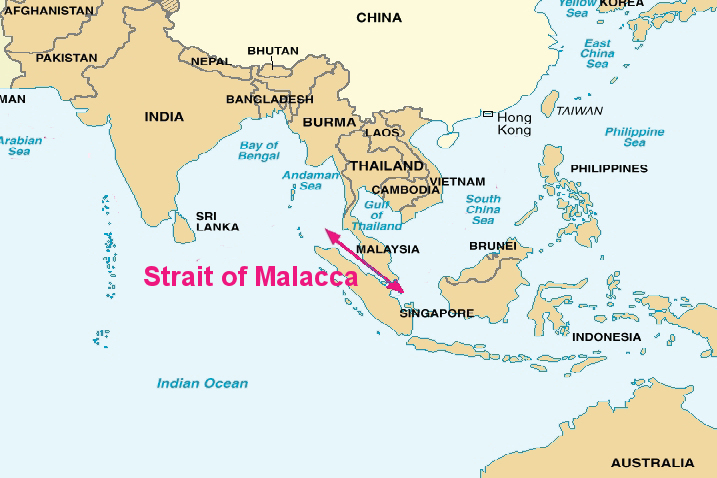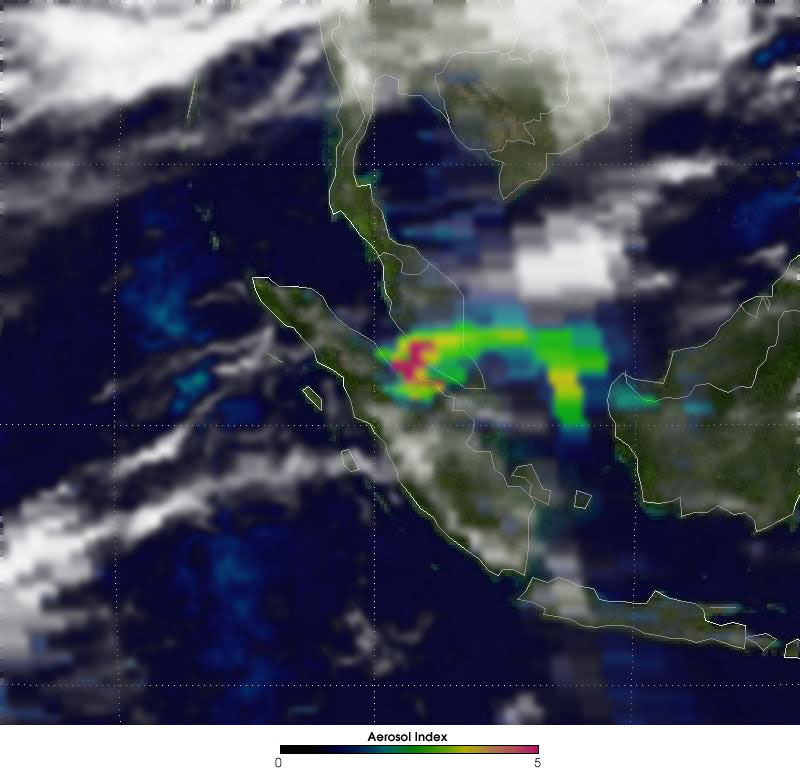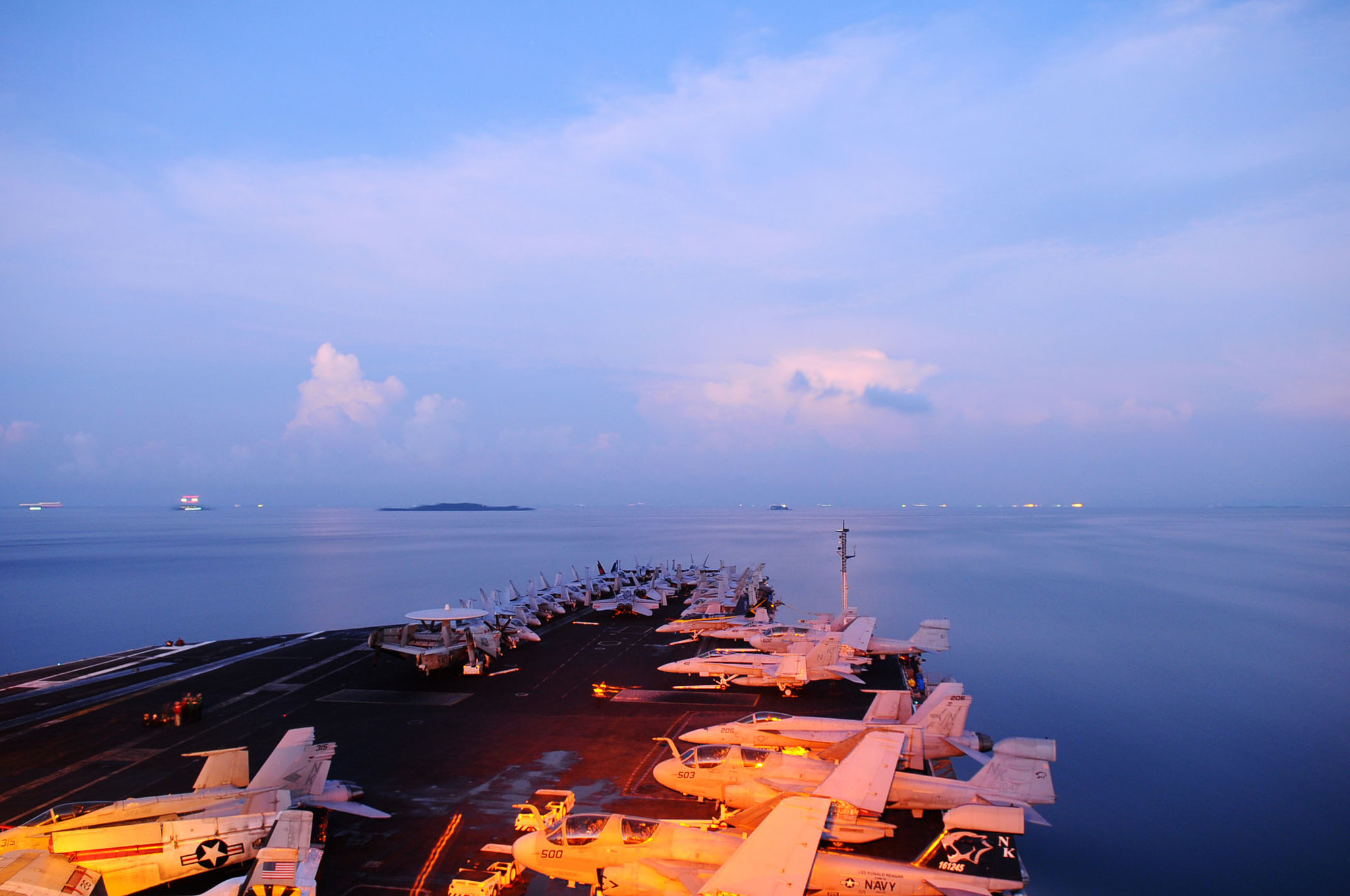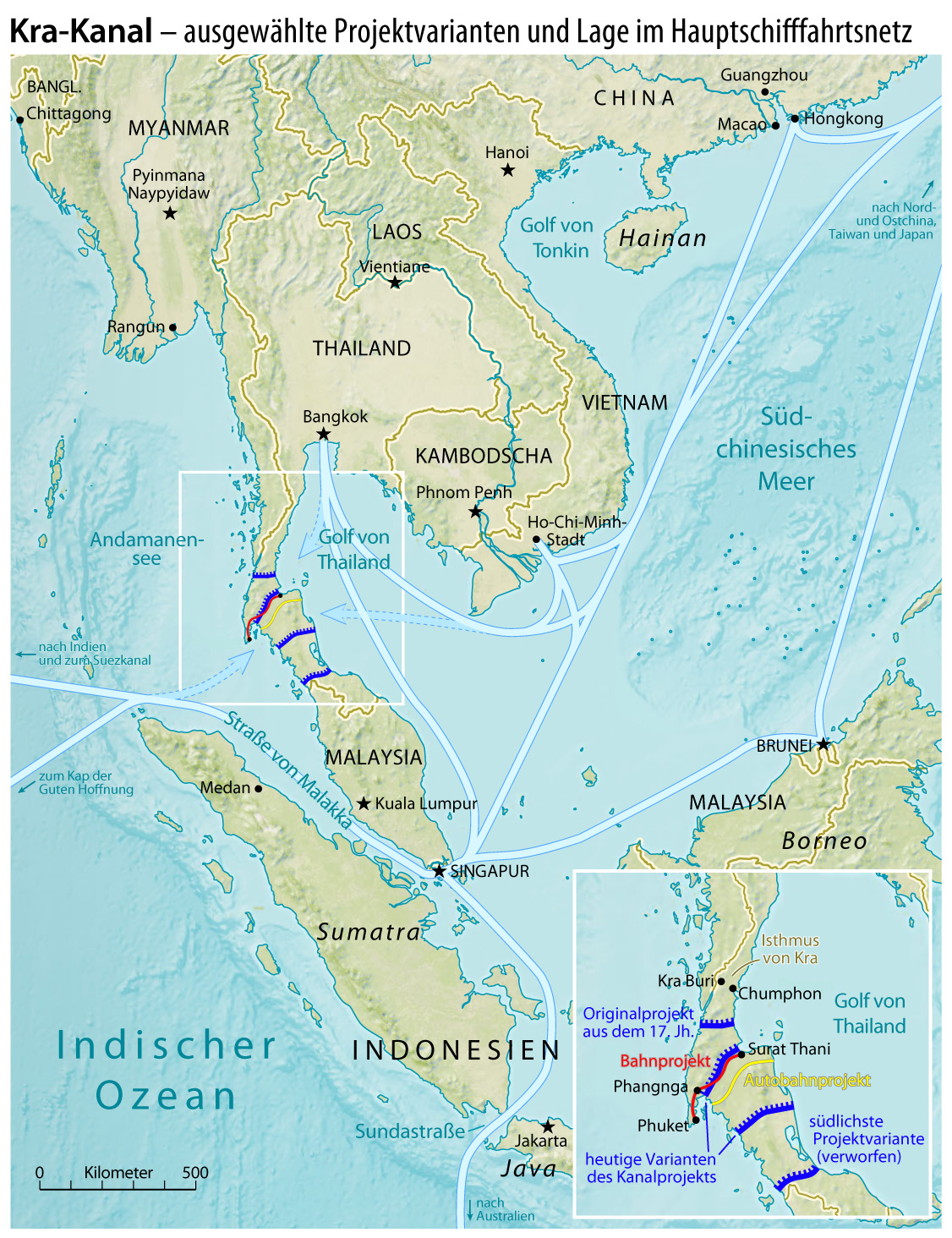By Ahmed Mujuthaba
Coast guard roles are envisaged to lay a bridge between state enforcers on land and those beyond state waters. Understanding the fundamental application of coast guard organizations is important, especially given their varying roles and responsibilities in the maritime domain. Today’s coast guards are engaged in an operational spectrum spanning from an array of combat to civil defense roles, resulting in organizations that are seemingly limitless in their roles, authority, and capabilities.1 One such ostensibly boundless organization is the China Coast Guard (CCG).
This article will focus on this latest coast guard and its transformation into one of the world’s largest from two aspects. The first aspect is the requirement for the development and rapid expansion of a China Coast Guard. This includes the contested claims in the South China Sea and the East China Sea and an examination of how a maritime law enforcement agency would fit into that context.2 The second aspect is the China Coast Guard’s application. This examination will unravel the roles and responsibilities of China Coast Guard, its legal authority, and its conduct of operations.3
China’s Need for a Formidable Coast Guard
In 2013, four Chinese maritime law enforcement agencies were integrated to form the China Coast Guard Bureau, which was later transferred to the People’s Armed Police Force under the Central Military Commission in 2018.4 This process was an outcome of the 18th National Party Congress in 2012, which called to implement the “Maritime Great Power” strategy.5 The integrated agencies included the China Marine Surveillance, China Fisheries Law Enforcement, Maritime Police and Border Control, and Maritime Anti-smuggling police.6
In less than a decade, the China Coast Guard has transformed into the world’s largest ‘blue water’ coast guard.7 Generally, the term “coast guard” is attributed to enforcement agencies mainly tasked with maritime search and rescue, maritime law enforcement, and the regulation of maritime activities in domestic waters.8 Aligned well within these general requirements, the China Coast Guard is responsible for enforcing China’s sovereign maritime claims, surveillance, fishery resource protection, counter-smuggling operations, and general law enforcement operations.9
One of the urgent priorities for the Chinese to develop a coast guard was the weak Chinese maritime agencies, relative to their regional competitors. In 2010, in the ‘Five Dragons Stirring Up the Sea’, Goldstein states that the regional coast guards of the Pacific region, namely the Japan Coast Guard and the U.S Coast Guard, were comparatively large and more effective compared to Chinese capabilities.10 Expanding on this point, Goldstein also refers to Chinese experts raising the concern of rivalry among the maritime enforcement agencies within China that contributed to a weaker and less collaborative maritime enforcement construct.11
The other priority may have been the future development prospect of the Peoples’ Liberation Army (PLA) Navy as a blue water navy. Most strategists indicate that the requirement for Chinese naval expansion was the result of its humiliation during the 1995-96 Taiwan Strait crisis.12 This triggered a rapid development of the PLA Navy. A U.S Department of Defense report in 2020 claims that China has, by number of platforms, the largest navy in the world with approximately 350 platforms.13 In addition, the establishment of the first Chinese PLA Support Base in Djibouti, operated by the PLA Navy, puts its global power projection ambitions in check.14 Furthermore, the role of regional law enforcement previously utilized by PLA Navy platforms was projected as disproportionate aggression.
The most important priority for developing and strengthening a coast guard may have been the hotly contested maritime claims by China in the South and East China Seas. Chinese scholars claim that while Chinese sovereignty over the South China Sea territories was never contested before the 1930s, after that time China’s vulnerable status was exploited by global powers such as France and Japan.15 Since then, China has struggled to exercise complete authority over the territories, competing, and sometimes clashing with regional states such as Taiwan, Vietnam, Malaysia, Brunei, and the Philippines, all of whom also claim sovereignty over the island chains.16 In addition, the U.S Navy has continuously challenged the Chinese claims by conducting Freedom of Navigation Operations (FONOPs) in those waters, mostly policed by the China Coast Guard. Interestingly, Robert Kaplan has described this region as the battleground for the next global conflict.17
The other contested territory is in the East China Sea. Since claiming its disputed control over the Senkaku/Diaoyu Islands in the East China Sea by the end of the Sino-Japanese War in 1895, China has been continuously demanding its sovereign rights over the islands against Japan.18 As with the historical claims made over the South China Sea territories, China links its claims over the East China Sea territories as far back as 1372, when they discovered the islands and then named them in 1403.19 Meanwhile, the Japanese claim that the Senkaku/Diaoyu Islands were annexed by Japan into its Okinawa Prefecture on January 14, 1895, before signing the end of the Sino-Japanese War.20 Regardless of these claims, the two countries have been in frequent clashes with each other. These clashes include a 2010 incident in which a Chinese fishing boat collided with two Japan Coast Guard vessels; the 2012 Japanese nationalization of the islands resulting in the Chinese claiming territorial sea baselines; and the 2013 establishment of an Air Defense Identification Zone by China in the area.21
Application of the China Coast Guard
Considering the growing clashes in these contested maritime zones, the China Coast Guard’s role as a national tool of escalation or de-escalation is distinguished by its application of force. The most interesting aspect of this application is the “grey zone” tactics of the China Coast Guard. A RAND project defined gray-zone as “…an operational space between peace and war, involving coercive actions to change the status quo below a threshold that, in most cases, would prompt a conventional military response, often blurring the line between military and nonmilitary actions and the attribution of events.”22 Generally gray-zone tactics are activities or operations that fall between war and peace.23
The RAND definition of gray-zone can be broken down as one that: (1) operates between peace and war; (2) engages below the threshold of conventional warfare; and (3) creates ambiguity between civil-military action. The China Coast Guard is known to employ these activities in the Yellow, East, and South China Seas with the People’s Armed Forces Maritime Militia (PAFMM).24 The China Coast Guard has adopted tactics such as ramming into other states’ coast guard and fishing vessels, and actively promoting and accompanying Chinese armed fishing vessels taking up these tactics in disputed waters.25 These tactics go beyond the ‘white-hull’ law enforcement approach, although they do not cross a ‘grey-hull’ warfare response.26
The recent introduction to the China Coast Guard law in January 2021 was also of concern to most regional states as an added potency to its gray-zone activities.27 Article 21 of this law states that the China Coast Guard has authority to use force against foreign warships and foreign ships operated for non-commercial purposes.28 Okada, in his article, rightly claims that this is in violation of the United Nations Convention on Law of the Sea (UNCLOS) articles 32, 95, and 96, all of which grant immunity to the named category of vessels.29 UNCLOS also ensures freedom of navigation in the High Seas and the Exclusive Economic Zones under articles 58 and 87.30 In addition, countries with disputes in the region have protested against this law, which signals a more aggressive stance against future challengers to Chinese claims.31
This change in law could contribute to the escalation of incidents beyond the threshold of law enforcement or peaceful actions. An international conflict is not only limited to armed confrontation between military personnel, but it also includes confrontation between state, civil, or paramilitary forces, such as coast guards.32 Since not all nations interpret the Chinese version of UNCLOS and accept their claims, peaceful legal challenges or mere undertakings of innocent passage may be met with lethal force by the China Coast Guard. The new law has given the China Coast Guard the flexibility to operate within three spectrums: constabulary, gray-zone, and combat zones.
Conclusion
The China Coast Guard has grown from a feeble organization to one of the region’s most efficient and resourceful agencies. This article focused its examination on two main aspects of the China Coast Guard. The first was the requirement to develop a coast guard by the Chinese. Examining this need revealed three major priorities for the urgent development of a competent coast guard for China: 1.) the nation’s existing weak maritime enforcement capability compared to regional capabilities; 2.) the expansion of the PLA Navy’s responsibility beyond the region and the projection of a pacified regional posture; and, most important, 3.) the need to protect the Chinese claims over the territories in the South and East China Seas. The second part of this article focused on the China Coast Guard’s current application, such as its traditional roles as a coast guard, and its adoption of gray-zone activities with other state entities. It is anticipated that the current trajectory of the China Coast Guard’s development entwined with new conflicting legal authorities rendered to it, will further deteriorate the existing maritime security dynamics of an already fragile region.
LTC Ahmed Mujuthaba was the Principal Director of the Maldives National Defense Force Coast Guard, and is currently pursuing an MSc in Information Strategy and Political Warfare at the U.S. Naval Postgraduate School. He is trained in salvage diving from the PLA Navy Submarine Academy and also holds an MSc in Defense and Strategic Studies upon completion of the Indian Defense Services Staff College. You can follow him on Twitter: @mujuthaba. The views and opinions expressed are his own and do not reflect those of the U.S. Naval Postgraduate School, Maldives National Defense Force, or the Government of Maldives.
References
China Power. “Are Maritime Law Enforcement Forces Destabilizing Asia?,” August 18, 2016. https://chinapower.csis.org/maritime-forces-destabilizing-asia/.
Blanchard, Jean-Marc F. “The U. S. Role in the Sino-Japanese Dispute Over the Diaoyu (Senkaku) Islands, 1945-1971.” The China Quarterly, no. 161 (2000): 95–123. http://www.jstor.org/stable/655982.
Bowers, Ian, and Swee Lean Collin Koh, eds. Grey and White Hulls: An International Analysis of the Navy-Coastguard Nexus. S.l.: Palgrave Macmillan, 2019.
Cole, Bernard D. China’s Quest for Great Power: Ships, Oil, and Foreign Policy. Annapolis, Maryland: Naval Institute Press, 2016.
Erickson, Andrew S., and Ryan D. Martinson, eds. China’s Maritime Gray Zone Operations. Studies in Chinese Maritime Development. Annapolis, Maryland: Naval Institute Press, 2019.
Goldstein, Lyle. Five Dragons Stirring Up the Sea: Challenges and Opportunities in China’s Improving Maritime Enforcement Capabilities. China Maritime Study, no. 5. Newport. RI: China Maritime Studies Institute, U.S. Naval War College, 2010.
Heinegg, Wolff Heintschel von. “The Difficulties of Conflict Classification at Sea: Distinguishing Incidents at Sea from Hostilities.” International Review of the Red Cross 98, no. 902 (August 2016): 449–64. https://doi.org/10.1017/S1816383117000327.
Jacobs, Andrew, and Jane Perlez. “U.S. Wary of Its New Neighbor in Djibouti: A Chinese Naval Base.” The New York Times, February 25, 2017, sec. World. https://www.nytimes.com/2017/02/25/world/africa/us-djibouti-chinese-naval-base.html.
Kaplan, Robert D. “The South China Sea Is the Future of Conflict.” Foreign Policy (blog). Accessed August 12, 2021. https://foreignpolicy.com/2011/08/15/the-south-china-sea-is-the-future-of-conflict/.
Kim, Suk Kyoon. “The Expansion of and Changes to the National Coast Guards in East Asia.” Ocean Development & International Law 49, no. 4 (October 2, 2018): 313–34.
Lansing, Shawn. “A White Hull Approach to Taming the Dragon: Using the Coast Guard to Counter China.” War on the Rocks, February 22, 2018. https://warontherocks.com/2018/02/white-hull-approach-taming-dragon-using-coast-guard-counter-china/.
Martinson, Ryan D. “China’s Second Navy.” U.S. Naval Institute, April 26, 2015. https://www.usni.org/magazines/proceedings/2015/april/chinas-second-navy.
Morris, Lyle J. “Gray Zone Challenges in the East and South China Sea.” Maritime Issues, January 7, 2019, 8.
Morris, Lyle, Michael Mazarr, Jeffrey Hornung, Stephanie Pezard, Anika Binnendijk, and Marta Kepe. Gaining Competitive Advantage in the Gray Zone: Response Options for Coercive Aggression Below the Threshold of Major War. RAND Corporation, 2019. https://doi.org/10.7249/RR2942.
News, Kyodo. “China Says Coast Guard Law Does Not Target Specific Nation.” ABS-CBN News, March 9, 2021. https://news.abs-cbn.com/overseas/03/09/21/china-says-coast-guard-law-does-not-target-specific-nation.
Okada, Wataru. “China’s Coast Guard Law Challenges Rule-Based Order,” April 28, 2021. https://thediplomat.com/2021/04/chinas-coast-guard-law-challenges-rule-based-order/.
Paleri, Prabhakaran. “Coast Guards of the World and Emerging Maritime Threats.” Ocean Policy Research Foundation, 2009.
Shen, Jianming. “China’s Sovereignty over the South China Sea Islands: A Historical Perspective.” Chinese Journal of International Law 1, no. 1 (January 1, 2002): 94–157. https://academic.oup.com/chinesejil/article-lookup/doi/10.1093/oxfordjournals.cjilaw.a000432.
Tate, Andrew. “China Now Has World’s Largest Navy as Beijing Advances Towards Goal of a ‘World-Class’ Military by 2049, Says US DoD.” Janes.com, September 2, 2020. https://www.janes.com/defence-news/news-detail/china-now-has-worlds-largest-navy-as-beijing-advances-towards-goal-of-a-world-class-military-by-2049-says-us-dod.
Japan Ministry of Defense. “The Coast Guard Law of the People’s Republic of China.” Accessed July 30, 2021. https://www.mod.go.jp/en/.
“The Maritime Police Law of the People’s Republic of China,” January 29, 2021. https://m.gmw.cn/2021-01/29/content_1302079361.htm.
Council on Foreign Relations. “Timeline: China’s Maritime Disputes.” Accessed August 18, 2021. https://www.cfr.org/timeline/chinas-maritime-disputes.
Trung, Nguyen T. “How China’s Coast Guard Law Has Changed the Regional Security Structure.” Asia Maritime Transparency Initiative, April 12, 2021. https://amti.csis.org/how-chinas-coast-guard-law-has-changed-the-regional-security-structure/.
“United Nations Convention on the Law of the Seas.” United Nations, 1980. https://www.un.org/Depts/los/convention_agreements/texts/unclos/unclos_e.pdf.
[1] Prabhakaran Paleri, “Coast Guards of the World and Emerging Maritime Threats,” Ocean Policy Research Foundation, 2009, p-52.
[2] Lyle J Morris, “Gray Zone Challenges in the East and South China Sea,” Maritime Issues, January 7, 2019, 8, p-3.
[3] Nguyen T. Trung, “How China’s Coast Guard Law Has Changed the Regional Security Structure,” Asia Maritime Transparency Initiative, April 12, 2021, https://amti.csis.org/how-chinas-coast-guard-law-has-changed-the-regional-security-structure/.
[4] “The Coast Guard Law of the People’s Republic of China,” Japan Ministry of Defense, accessed July 30, 2021, https://www.mod.go.jp/en/.
[5] Ian Bowers and Swee Lean Collin Koh, eds., Grey and White Hulls: An International Analysis of the Navy-Coastguard Nexus. (S.l.: Palgrave Macmillan, 2019), 19.
[6] “Are Maritime Law Enforcement Forces Destabilizing Asia?,” China Power (blog), August 18, 2016, https://chinapower.csis.org/maritime-forces-destabilizing-asia/.
[7] Ryan D. Martinson, “China’s Second Navy,” U.S. Naval Institute, April 26, 2015, https://www.usni.org/magazines/proceedings/2015/april/chinas-second-navy.
[8] Suk Kyoon Kim, “The Expansion of and Changes to the National Coast Guards in East Asia,” Ocean Development & International Law49, no. 4 (October 2, 2018), 314.
[9] “Are Maritime Law Enforcement Forces Destabilizing Asia?”
[10] Lyle Goldstein, Five Dragons Stirring Up the Sea: Challenges and Opportunities in China’s Improving Maritime Enforcement Capabilities, China Maritime Study, no. 5 (Newport. RI: China Maritime Studies Institute, U.S. Naval War College, 2010), 3.
[11] Goldstein, 2.
[12] Bernard D. Cole, China’s Quest for Great Power: Ships, Oil, and Foreign Policy (Annapolis, Maryland: Naval Institute Press, 2016), 52.
[13] Andrew Tate, “China Now Has World’s Largest Navy as Beijing Advances Towards Goal of a ‘World-Class’ Military by 2049, Says US DoD,” Janes.com, September 2, 2020, https://www.janes.com/defence-news/news-detail/china-now-has-worlds-largest-navy-as-beijing-advances-towards-goal-of-a-world-class-military-by-2049-says-us-dod.
[14] Andrew Jacobs and Jane Perlez, “U.S. Wary of Its New Neighbor in Djibouti: A Chinese Naval Base,” The New York Times, February 25, 2017, sec. World, https://www.nytimes.com/2017/02/25/world/africa/us-djibouti-chinese-naval-base.html.
[15] Jianming Shen, “China’s Sovereignty over the South China Sea Islands: A Historical Perspective,” Chinese Journal of International Law 1, no. 1 (January 1, 2002), 98-99.
[16] Shen, 97.
[17] Robert D. Kaplan, “The South China Sea Is the Future of Conflict,” Foreign Policy (blog), accessed August 12, 2021, https://foreignpolicy.com/2011/08/15/the-south-china-sea-is-the-future-of-conflict/.
[18] “Timeline: China’s Maritime Disputes,” Council on Foreign Relations, accessed August 18, 2021, https://www.cfr.org/timeline/chinas-maritime-disputes.
[19] Jean-Marc F. Blanchard, “The U. S. Role in the Sino-Japanese Dispute Over the Diaoyu (Senkaku) Islands, 1945-1971,” The China Quarterly, no. 161 (2000), 101.
[20] Blanchard, 102.
[21] “Timeline.”
[22] Lyle Morris et al., Gaining Competitive Advantage in the Gray Zone: Response Options for Coercive Aggression Below the Threshold of Major War (RAND Corporation, 2019), 8.
[23] Andrew S. Erickson and Ryan D. Martinson, eds., China’s Maritime Gray Zone Operations, Studies in Chinese Maritime Development (Annapolis, Maryland: Naval Institute Press, 2019), 47.
[24] Erickson and Martinson, 25.
[25] Morris, “Gray Zone Challenges in the East and South China Sea.”, 3.
[26] Shawn Lansing, “A White Hull Approach to Taming the Dragon: Using the Coast Guard to Counter China,” War on the Rocks, February 22, 2018, https://warontherocks.com/2018/02/white-hull-approach-taming-dragon-using-coast-guard-counter-china/.
[27] “The Maritime Police Law of the People’s Republic of China,” January 29, 2021, https://m.gmw.cn/2021-01/29/content_1302079361.htm.
[28] “The Maritime Police Law of the People’s Republic of China.”
[29] Wataru Okada, “China’s Coast Guard Law Challenges Rule-Based Order,” April 28, 2021, https://thediplomat.com/2021/04/chinas-coast-guard-law-challenges-rule-based-order/.
[30] “United Nations Convention on the Law of the Seas” (United Nations, 1980), https://www.un.org/Depts/los/convention_agreements/texts/unclos/unclos_e.pdf.
[31] Kyodo News, “China Says Coast Guard Law Does Not Target Specific Nation,” ABS-CBN News, March 9, 2021, https://news.abs-cbn.com/overseas/03/09/21/china-says-coast-guard-law-does-not-target-specific-nation.
[32] Wolff Heintschel von Heinegg, “The Difficulties of Conflict Classification at Sea: Distinguishing Incidents at Sea from Hostilities,” International Review of the Red Cross 98, no. 902 (August 2016), 451.
Featured Image: A China Coast Guard vessel patrols the disputed Scarborough Shoal on April 6, 2017. (Credit: Reuters)







